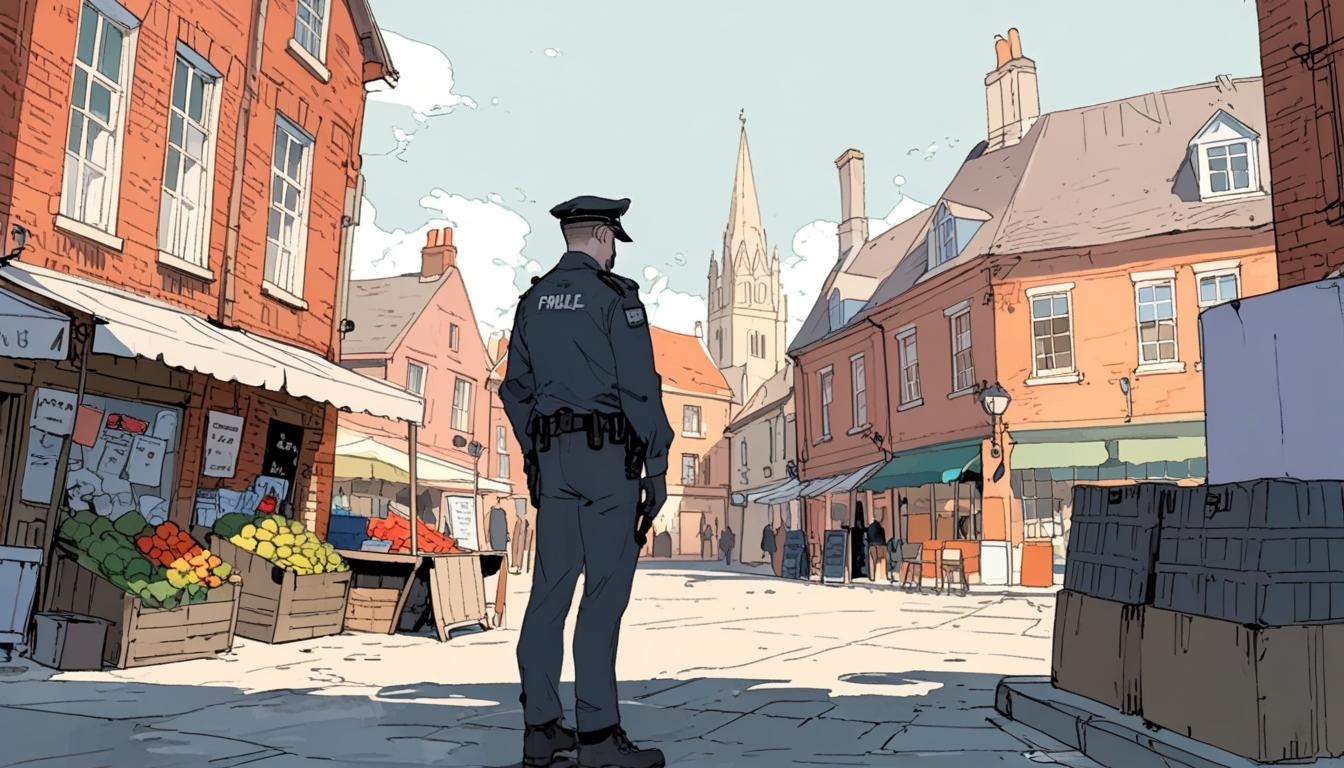In the picturesque landscape of England, the cathedral city of Norwich and the market town of Guildford, both known for their charm and appeal, are facing a troubling rise in knife-related crimes. An analysis of police data over the past eight years reveals that Norfolk has experienced a 196 per cent increase in knife offences, while Surrey has seen an alarming 681 per cent rise, according to the Daily Mail.
Despite this surge, knife crime in these areas remains relatively low when compared to national averages. This phenomenon is emblematic of a broader trend across rural regions in England and Wales, where counties like Gwent and Avon and Somerset reported significant increases in knife-related incidents. A full understanding of this trend is concerning police and criminologists alike.
Professor David Wilson, a criminologist, attributed the surge primarily to "county lines drug dealing," where gangs from urban centres move into rural territories to sell drugs. He explained that this geographical shift creates competition among criminal factions, leading to an uptick in related crimes. Professor Wilson noted, "I wish there was a simple answer about what to do. But it's not just an issue related to policing. It's a societal and cultural issue affecting schools, youth offender teams and mental health services—all of which are currently under pressure."
Recent events in Norwich illustrated the emerging crisis. A series of assaults and robberies have plagued the city, culminating in violent incidents that have left residents shocked. In one particular case, a fight outside a shopping centre resulted in arrests at Gatwick Airport, highlighting the involvement of individuals travelling significant distances. Local police are addressing these offences, but the challenge remains considerable, particularly among younger demographics.
On a recent visit to Norwich, former Subway employee Roberto Labella, who has lived in the city for 18 years, expressed his growing concern about knife crime. "I've seen a few people with quite decently-sized knives on them. It's quite scary," he said, noting changes in behaviour among youths. "It's [affecting] all the kids aged 14 to 16, or maybe a bit younger."
The situations in Guildford and Surrey parallel those in Norwich, with the rise in knife crimes sparked largely by the encroachment of county lines gangs. The high number of knife-related offences, including robbery, murder, and rape, reflects a growing local problem. Recent incidents have included the arrest of individuals transporting illegal drugs and weapons, indicating the nature of the criminal activity occurring just beneath the surface of life in these affluent areas.
One particularly grievous case involved the death of 17-year-old Charlie Cosser, who was fatally stabbed during a party. His father, Martin Cosser, has since become an advocate against knife crime, emphasising that the issue is not confined to urban environments. "Knife crime is not just a problem in inner cities. It's not working class; it’s not just gangs. If it can happen to my little boy it can happen to anyone," he stated. His charity, Charlie's Promise, aims to educate young people about the dangers of carrying knives.
Authorities have been attempting to counter the influence of county lines gangs. They exploit vulnerabilities in local youth, often through coercion or manipulation. As Cathy Haenlein, Director of Organised Crime and Policing Studies, noted, "The whole business model depends on targeting people who may be particularly vulnerable." Recent police operations have included drug seizures and arrests aimed at dismantling these networks, although the challenge remains ongoing.
The complications of county lines drug dealing are multifaceted, but they highlight a growing concern among communities traditionally viewed as safe. With drugs being trafficked from cities like London and Liverpool into rural settings, the ensuing violence hinders the quality of life in places once considered peaceful.
Despite this, many locals still affirm that their towns feel safe overall. Yet, the underlying issues of drug-related violence and exploitation are likely to persist, fueled by continued demand within these quieter communities. The measures taken by law enforcement and advocacy groups reflect efforts to confront this troubling trend, but the complexities of drug markets and youth involvement present ongoing challenges that require sustained attention.
Source: Noah Wire Services
